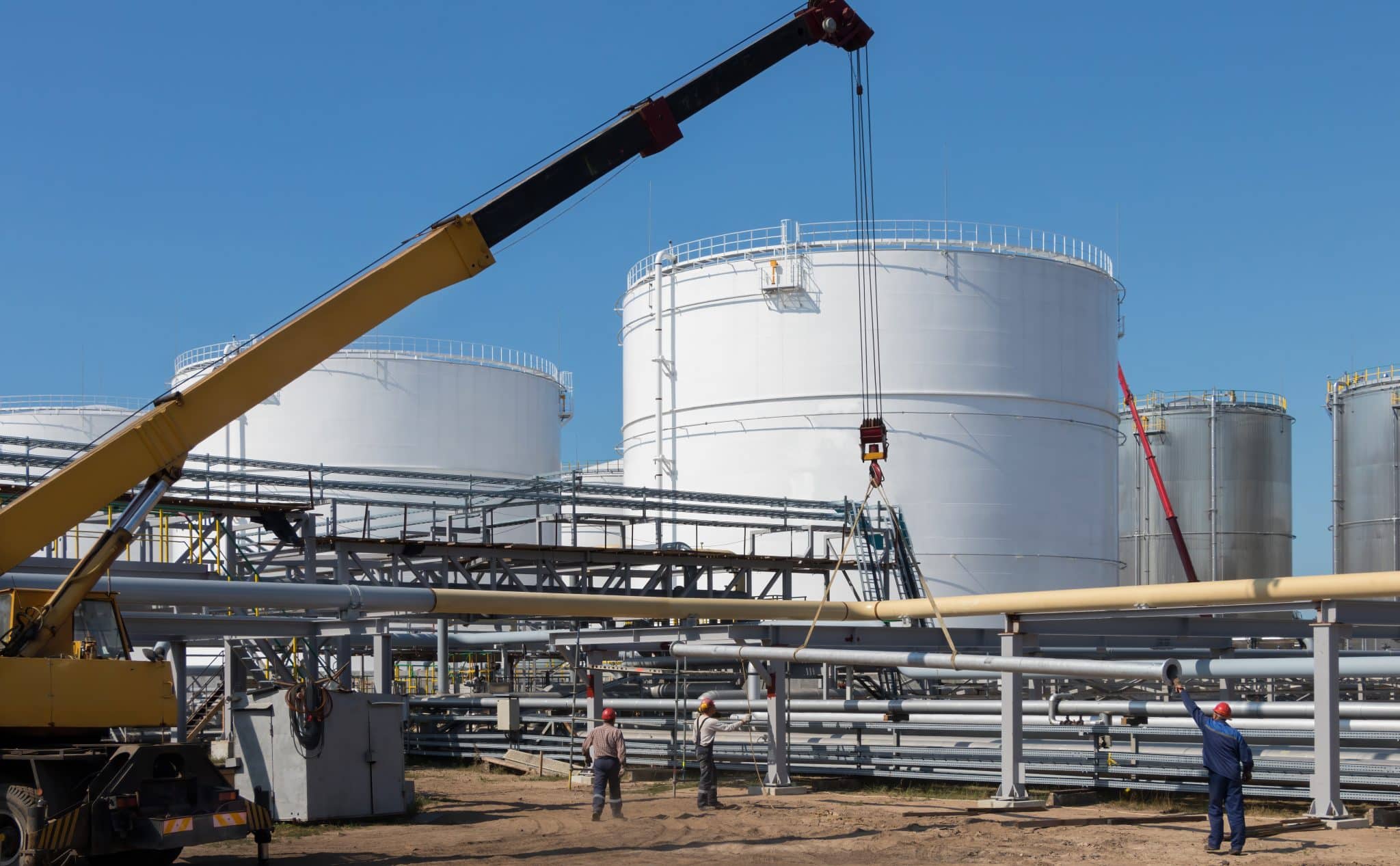
How Crude Oil-to-Chemicals Technologies are Reshaping the Global Oil Market
The global chemicals market has been growing rapidly, with demand for chemicals expected to rise by 3-3.5% in the medium term compared to 1-1.5% for crude oil.
The increase in demand for olefins and aromatics, along with a long-term expected flattening of gasoline and kerosene demand, is causing refiners globally to serve the demand for petrochemicals by accelerating refining and petrochemical units’ integration. Fluctuating oil prices have forced them to increase focus on maximizing margins, and improve profitability per barrel.
The relevance of crude oil to chemicals (COTC) technologies has grown, given how they turn low value oil into high value chemicals in existing refineries.
The technology promises to maximize intermediate petrochemical output to a 60-80% yield range from a barrel of crude oil. This is much higher than the 10% yield from a non-integrated conventional refinery and a 15-25% yield range in integrated petrochemical units.
The strategies predominantly adopted in COTC plants include:
- Direct processing of crude oil in steam cracking
- Integrated hydro-processing/de-asphalting and steam cracking
- Processing of middle distillates and residues using hydrocracking technology
Such strategic shifts have been found to increase margins, while also raising integration, complexity, and output volumes at a disruptive scale. It is estimated that two large-scale 200,000 barrel-per-day COTC complexes can boost the annual capacity additions of ethylene and propylene to 6.4 MMT and 4.4 MMT. This can also help reduce carbon footprint.
The major players in COTC technology
COTC continues to garner the attention of integrated refineries and chemicals producers in Asia Pacific, China, the Middle East and Eastern Europe. However, despite its growing popularity, only a few well-equipped integrated oil companies globally are looking to deploy this technology to make inroads in the petrochemical industry. These include some large companies in the U.S., Middle East and China.
Proximity to demand centers in India, Africa, and China is making the Middle East extremely favorable for COTC investments.
Saudi Aramco: The leading oil major is developing two catalytic technologies — thermocracking and catalytic conversion technology — that promise yields of around 70% of chemicals from the barrel. It is also working strategically with Tsinghua University in Beijing to develop a pilot, single stage catalytic conversion process.
Sinopec : The Chinese company recently made a breakthrough in single step crude-to-chemicals process.
Hengli Petrochemical: In 2019, the company’s complex in Dalian, China, was one of the first mega-projects with COTC technologiesto come online.
Shell: Shell Catalysts & Technologies has increasingly focused on deploying COTC technologies and is leveraging refinery petrochemical integration.
ExxonMobil: The oil and gas giant, with major operations in the U.S. and Singapore, has developed a technology to produce very light crude and feed directly to steam cracker to produce smaller and lighter hydrocarbons.
Reliance Industries: A global-scale $9.3 billion investment in COTC at its Jamnagar complex in India has been planned. Saudi Aramco has a 20% stake in Reliance’s projects.
Total: The French oil major is a global contender for COTC.
The major contractors that have implemented COTC technologies for refiners
Honeywell UOP and Axens have been leaders in driving technology improvements in this space.
Chevron Lummus Global has been a major technology partner for Saudi Aramco as well as McDermott, accelerating commercialization of Aramco’s proprietary thermal crude to chemicals technology.
Siluria Technologies is another major COTC provider that has partnered with Saudi Aramco to jointly develop COTC and oxidative coupling of methane (OCM) technologies to produce polyolefins.
McDermott, a major EPC contractor, has implemented more than 100 hydroprocessing plant designs globally through its joint venture with Chevron Lummus.
The risks of adopting COTC technology
Industry-wide disruption due to COVID-19 has caused Saudi Aramco and SABIC to conserve cash flow and budgets and reassess plans for the $20 billion COTC project at Yanbu. They are now considering an integration of their existing facilities with a world-scale mixed feed steam cracker and downstream olefin derivative units.
While China sees a big demand for COTC in the form of two large projects — Hengli Petrochemicals (42% conversion per barrel of oil) and Zhejiang Petroleum and Chemical (COTC phase 1, achieved 45% conversion per barrel of oil), and higher adoption, the risk of oversupply with more investments might add further pressure on the margins of para-xylene in the aromatics market of the Asia Pacific.
The outlook
By expanding the usage of crude oil in the chemical industry, COTC is expected to change and possibly disrupt the market landscape by 2025-2030. National and independent oil companies are expected to invest further in this segment as COTC adoption grows. Existing petrochemical producers may not be able to match the scale and scope of COTC units but can collaborate with regional players or partner with technology providers to independently pursue COTC.
Thus, we see that when there have been challenges of overcapacity, the threat from peak oil demand, the adoption of COTC could serve as a much-needed lifeline for sustenance in the future.
By: gep / 08/07/2024
